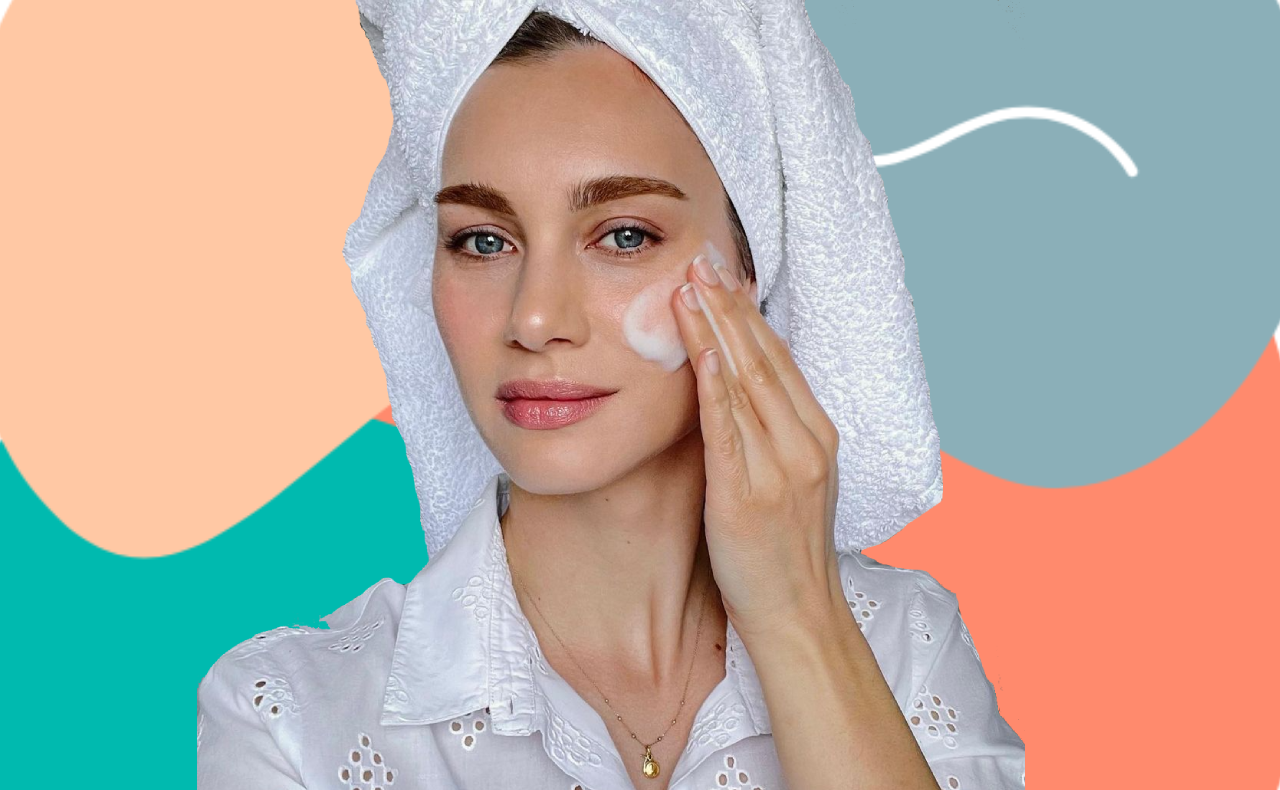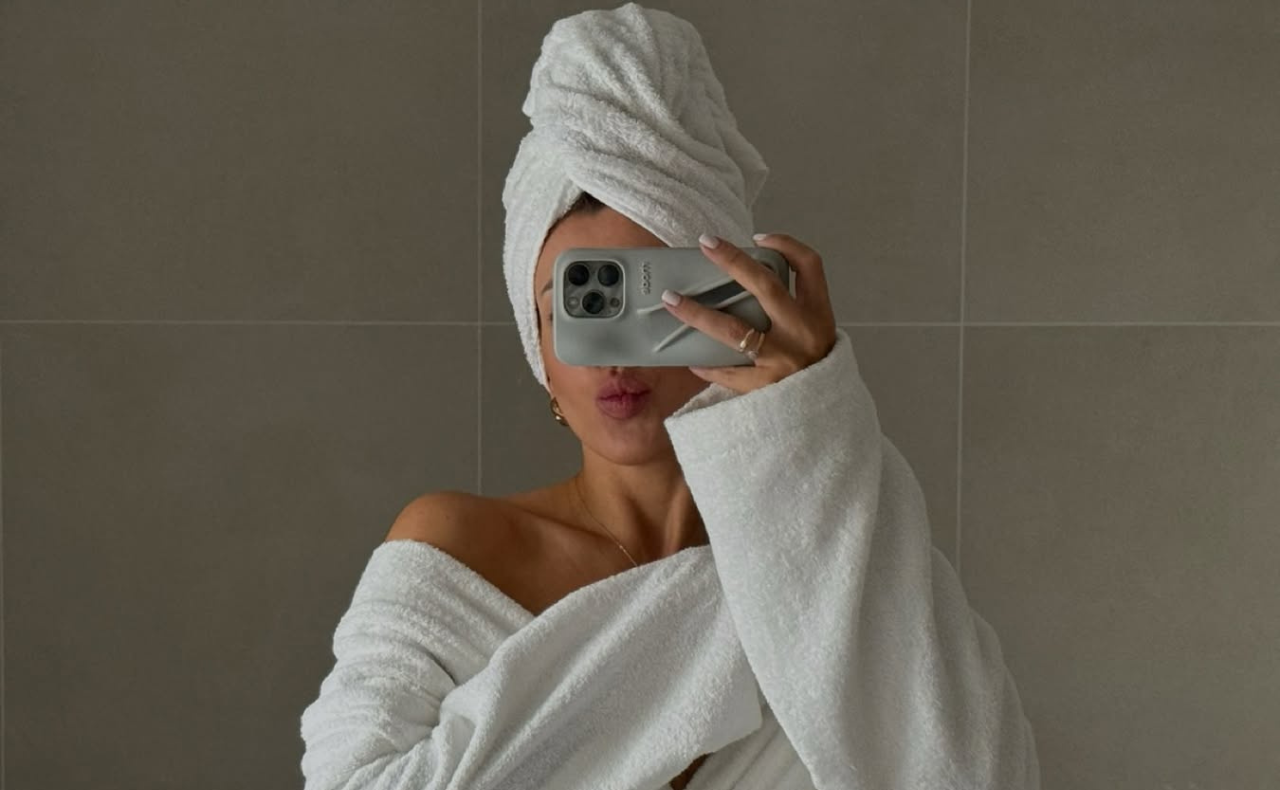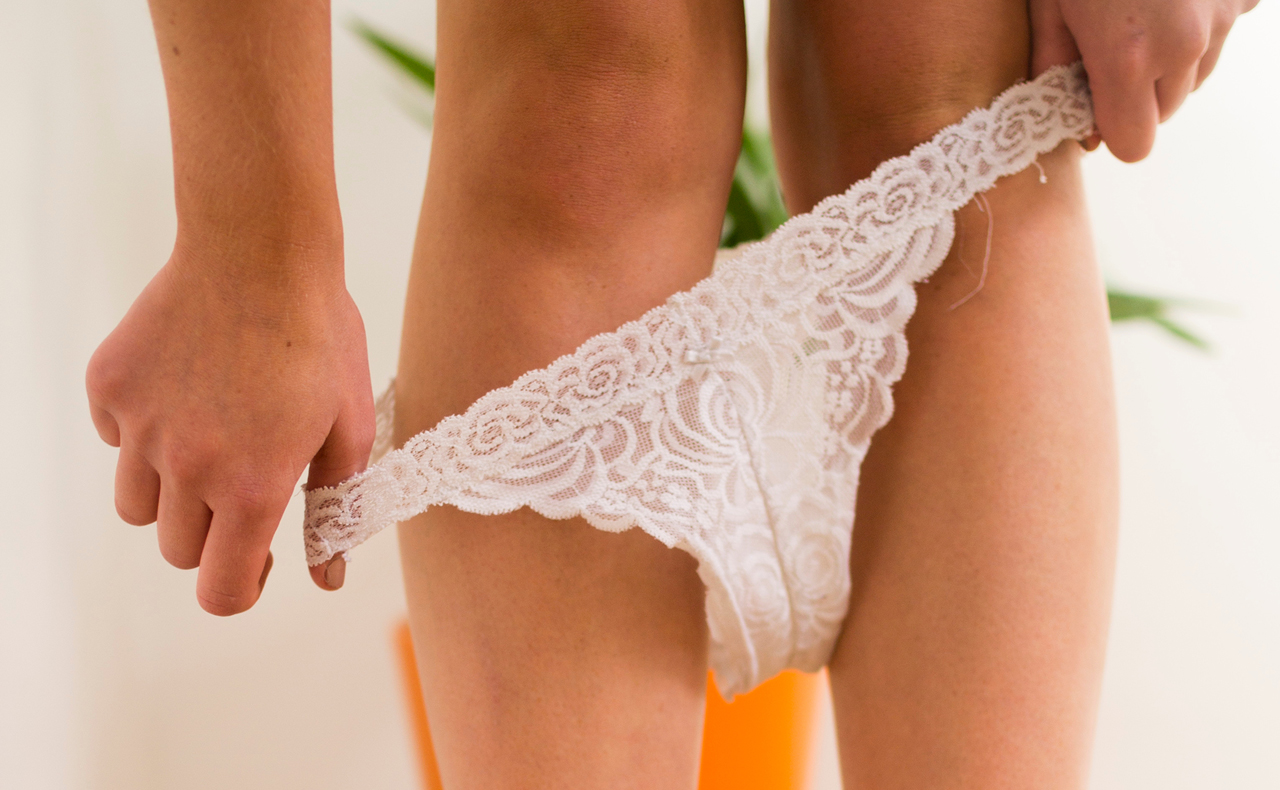There’s been a lot of hoo-ha surrounding sunscreen of late. Or more particularly the use of nanotechnology and nanoparticles in sunscreens. For those of you not familiar with the term, nanotechnology is the science of manipulating materials on an incredibly small scale. Generally, nanoparticles refers to materials that are less than 100 nanometres. One nanometre (nm) is one-billionth of a metre. To put it into context even further, one human hair measures in at approximately 80,000 nm wide.
So what part does nanotechnology play in the beauty world?
In the cosmetics sector, nanotechnology is mainly used in sunscreens or anti-ageing formulations. Sunscreens have used nanotechnology in the form of nano-sized UV filters, titanium dioxide and zinc oxide. Dr Graham Aldous from Hamilton Laboratories, a brand that uses nanotechnology in its sunscreens, says the technology was introduced to bring products up-to-scratch for consumer use: “This [zinc oxide with a large particle size that reflected not only UV but also visible light] caused a white colour when applied to the skin, which was not really acceptable for general consumer use. With the advent of nanotechnology-derived titanium dioxide (with a particle size less than 150nm), it became possible to formulate sunscreens that are transparent to visible light but also reflect or absorb UV light.”
So nanotechnology’s a good thing, right?
Well, there have been concerns that nanoparticles could potentially penetrate the skin, gain access to the lymphatic system and circulate around the body, a claim supported by several leading Australian academics. In a recent article published in The Sun Herald, it was reported that Peter Dingle, an associate professor and researcher in health and the environment at Murdoch University said “chemicals used in sunscreen might cause anything from skin rashes to breast cancer.” In the same article CSIRO scientist Maxine McCall, who’s researching the effects of nanoparticles in sunscreen, raised her concerns about the possible damage to DNA. “Potentially,” she said “the nanoparticles could cause anything from changes to the chromosomes to, in the worst case scenario, cancer.” But, McCall also points out, there could be no damage whatsoever, “we just don’t know.”
So do all sunscreens use nanoparticle UVA/UVB filters?
According to the latest information from the TGA, “around 70 per cent of sunscreens with titanium dioxide and 30 per cent of sunscreens with zinc oxide feature these materials in nanoparticle form.” It’s hard to clarify exactly which ones do and don’t as, while in Australia zinc oxide and titanium dioxide nanoparticles have been approved for use by the Therapeutic Goods Administration (TGA), there is currently no international regulation of nanoproducts or nanotechnology, meaning companies are not obliged to disclose the use of nanotechnology in their products.
So should nanoparticles be advertised on packaging?
In January 2006 the TGA conducted a review of the scientific literature in relation to the use of nanoparticulate zinc oxide and titanium dioxide in sunscreens. The review concluded: “there is evidence from isolated cell experiments that zinc oxide and titanium dioxide can induce free radical formation in the presence of light and that this may damage these cells (photo-mutagenicity with zinc oxide). However, this would only be of concern in people using sunscreens if the zinc oxide and titanium dioxide penetrated into viable skin cells. The weight of current evidence is that they remain on the surface of the skin and in the outer dead layer (stratum corneum) of the skin.”
The Australian Nano Business Forum (ANBF) states that while there is “considerable work being undertaken” to understand which materials may have “very different properties” at nanoparticle scale, “it would be surprising if every possible material that could be produced at nanoscale were to be regarded as a fundamentally different material.” ACCORD (The Advocate for the Consumer, Cosmetic, Hygiene and Speciality Products Industry), say that “the Australian Government is implementing a National Nanotechnology Strategy [that] will provide the whole-of-government framework needed to secure the many benefits of nanotechnology while at the same time safeguarding [both] the community and the environment.”
So is it still safe to slip, slap slop?
The Cancer Council Australia says yes. It maintains that: “all sunscreens in Australia are tightly regulated through the TGA who conclude that there is no evidence [to suggest] that sunscreens pose any risks to users.” The Cancer Council “look closely at the advice of the TGA and continue to monitor research in the area of nanotechnology.”
But given that Australia has the highest rate of skin cancer in the world, with two in every three Australians diagnosed with skin cancer before the age of 70 and over 1,000 people being treated each day, Associate Profession of Dermatology at The University of Sydney, Diona Damian, would “recommend that people continue to use TGA-approved sunscreen products with high SPFs and broad-spectrum UV protection (which is provided by titanium and zinc products) in combination with protective clothing, hats and sun minimisation. There is good evidence that sunscreens do indeed significantly reduce the incidence of some types of skin cancer and premalignant lesions in humans.”
Sun smarts
#1 A sunscreen’s Sun Protection Factor (SPF) is an industry measure of a sunscreen’s ability to filter out UV. In theory it indicates how much more sun protection you will gain.
Eg. SPF30+ would provide you with 30 times more protection than if you were to go out without sunscreen.
#2 Don’t mistakenly believe that two SPFs are cumulative. An SPF20 moisturiser and SPF10 do NOT offer you SPF30 protection.




